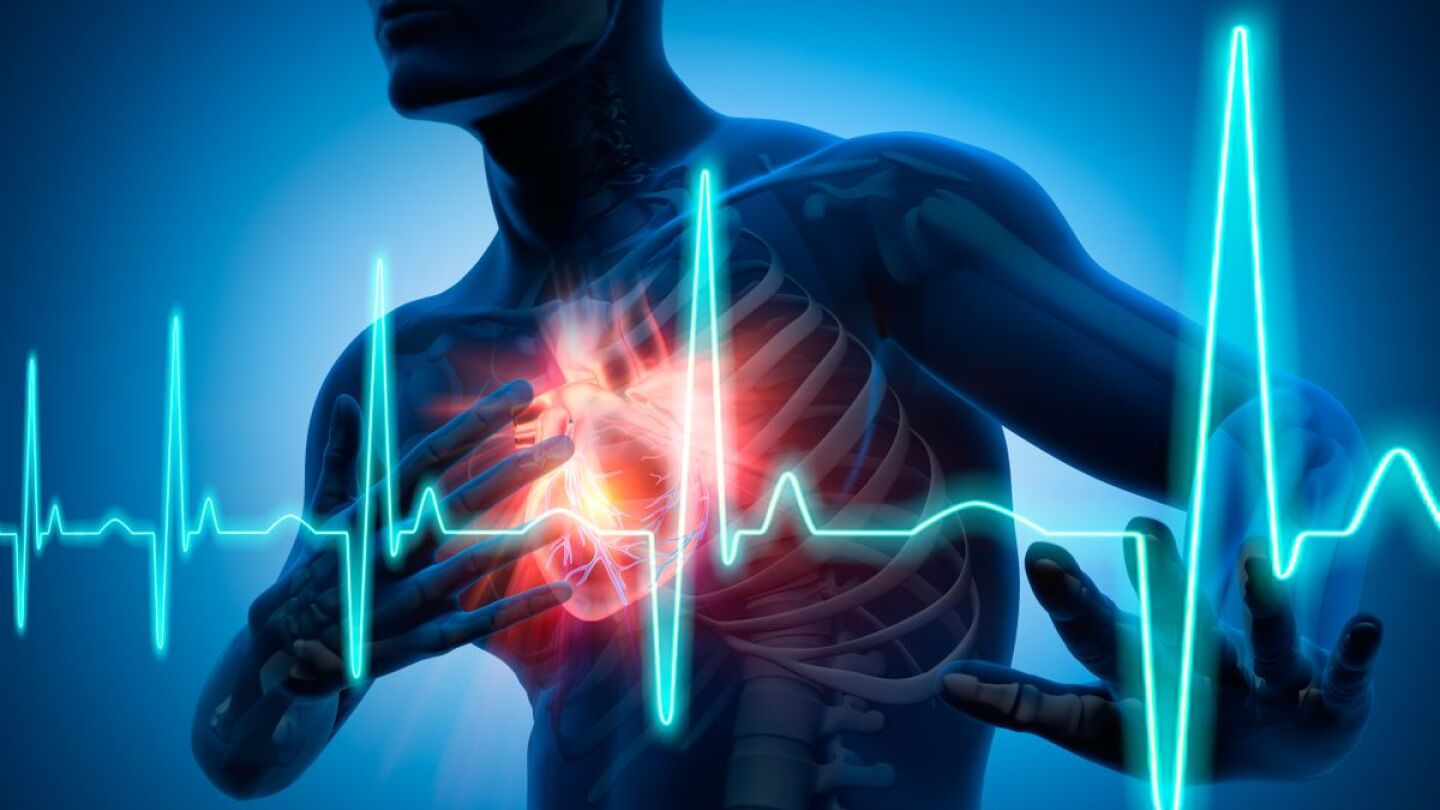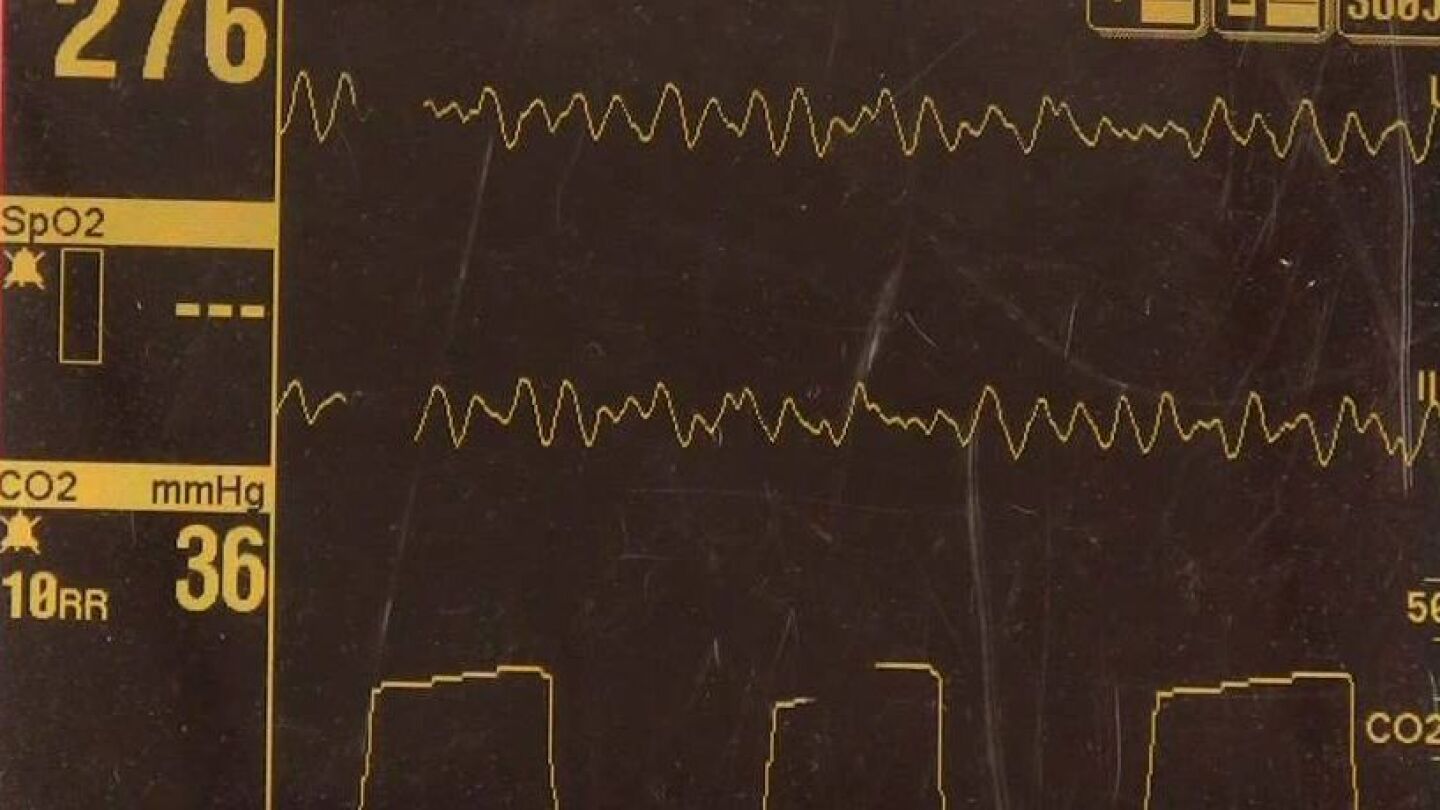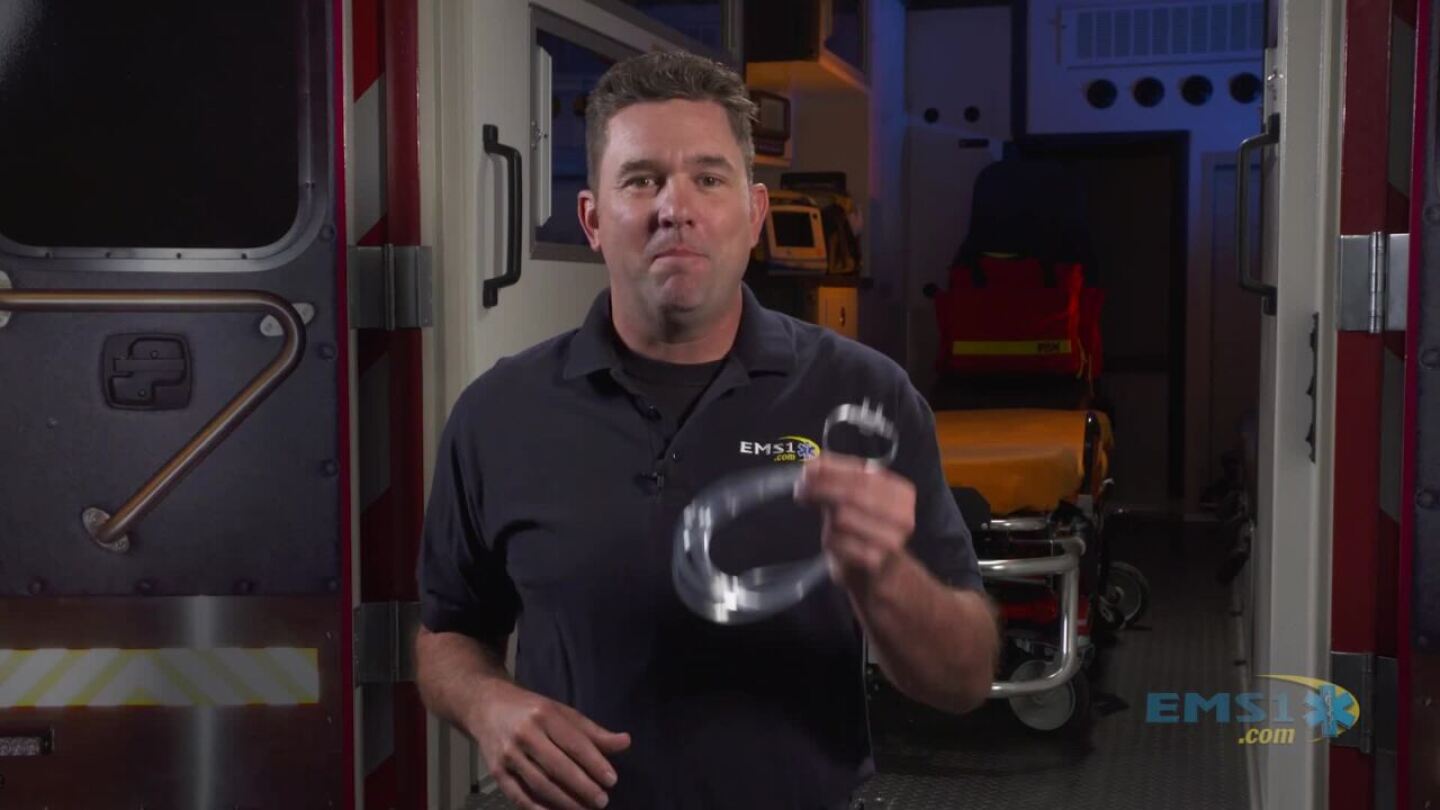Capnography
Discover our directory of articles on Capnography in EMS, designed to equip professionals with the knowledge needed to effectively monitor and interpret end-tidal CO2 levels. This collection covers capnography in various scenarios, including respiratory emergencies, cardiac arrest, and airway management. Understanding capnography is essential for making informed decisions in critical situations. For more insights, explore our resources on Airway Management. Stay informed and improve your patient care with our expert guidance on capnography.
A joint NAEMSP, NASEMSO, NEMSMA, NAEMT, APA position statement prioritizes patient and provider safety
The need for data-driven decisions in managing aggressive patients while ensuring safety and compliance
From the 1500s until today, techniques for placing a tube into the trachea have continuously evolved and will continue to improve in the future
Test your knowledge on hyperventilation, hypoventilation and reactive airway disease capnography waveforms
With turnover among EMS hovering at 25% per year and costing more than $7700 per paramedic, data-driven strategies can help you improve employee retention.
Airway management guru Kelly Grayson on when and how to escalate to a more invasive and secure airway, and when to elevate care
AHA CPR Guidelines 2020 continue to emphasize early recognition of cardiac arrest and prompt CPR beginning with chest compressions provides the best chances for survival
Learn how advanced cardiac resuscitation techniques lead to increased survival in OOH cardiac arrest
Deprioritizing epinephrine in the order of interventions
UCSF-Fresno emergency medicine physicians highlight the most important aspects of treating submersion injuries
Though their chief complaint of shortness of breath is the same, these patients develop dyspnea by different means
Using the stretcher as a tool in heads-up CPR
Dr. Casey Patrick and Mike Perlmutter discuss their experiences with implementing IV high-dose bolus NTG in APE patients
Amid protocol changes and airway/respiratory procedure modifications due to COVID-19, it’s comforting to know that when it comes to EtCO2 monitoring, you don’t need to change anything
Deprioritizing epinephrine in the order of interventions
Using the stretcher as a tool in heads-up CPR
Preventing hypoxia with apneic oxygenation
The 4 acceptable pauses in CPR
Common respiration pathologies and those that impair ventilation
A detailed patient history and physical examination inform this diagnosis of exclusion after a brief resolved unexplained event (BRUE)
Use this strategy when applying capnography to measure the efficacy of oxygen therapy, especially when troubleshooting
In this episode, learn the 5 emergent conditions that will kill patients experiencing shortness of breath, and how to use ETCO2 to develop a differential
Understanding the pathophysiology of difficulty breathing and different methods of delivering airway pressure
Three significant consequences of routine, excessive oxygen administration
In some cases, our medical monitoring equipment alert is the precursor to a rapidly deteriorating patient who appears normal
Scenario: EMS work through resuscitation and management strategies when they respond to a call for pediatric drowning and find the child in cardiac arrest
Robert Murray Jr, NRP, MS, shares the components of a waveform and common capnography pitfalls
Fairfax County (Virginia) Fire and Rescue releases video detailing steps for proper PPE use
Following these capnography hacks will help set your care apart
EMS grand rounds presentation focuses on proper PPE, endotracheal intubation and infection control
Preventing aerosol-generating procedures while treating prehospital COVID-19 patients
Montgomery County Hospital District EMS is using a low-cost approach to administer albuterol via metered-dose inhaler, reducing viral spread without compromising patient care

































